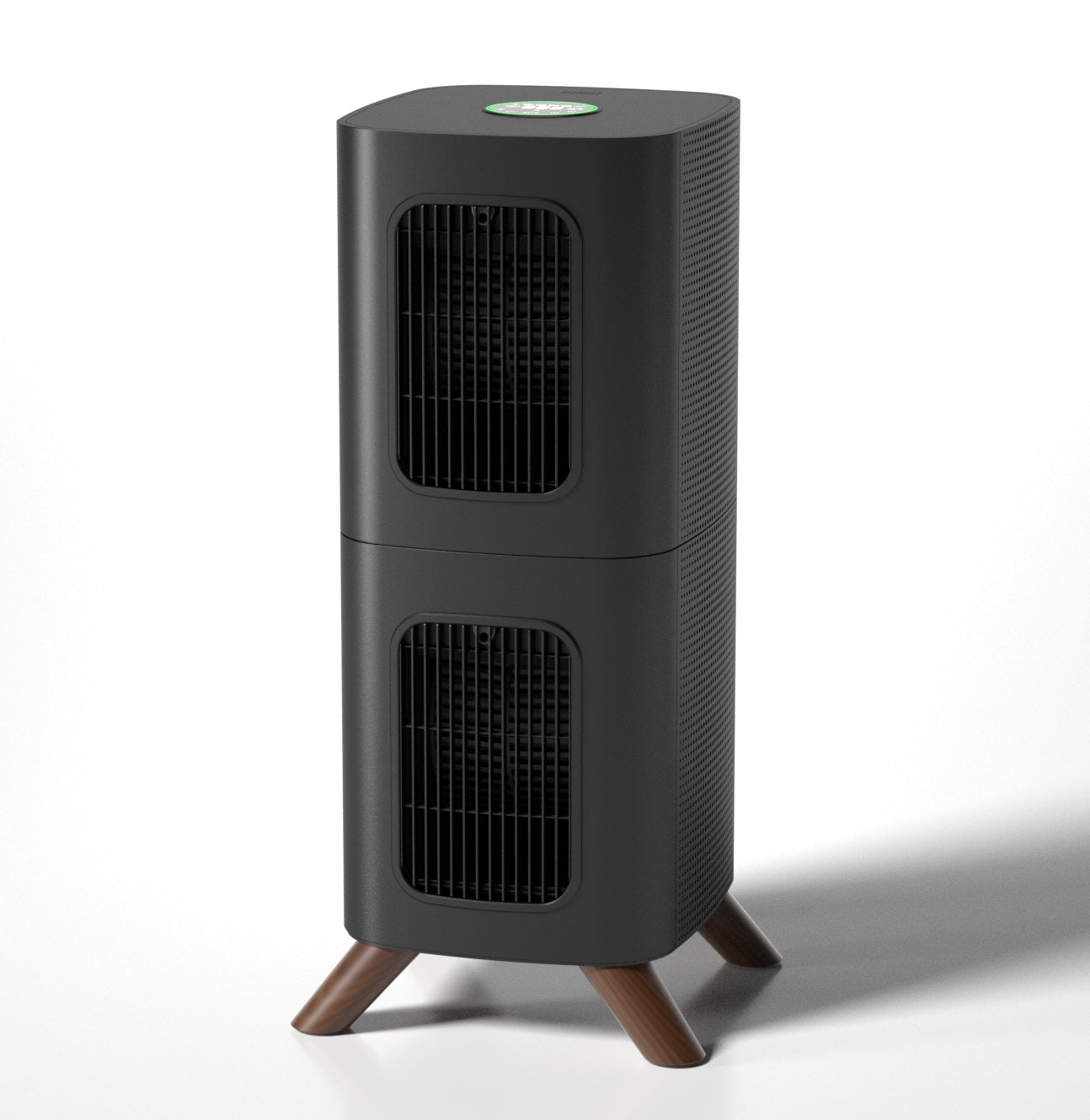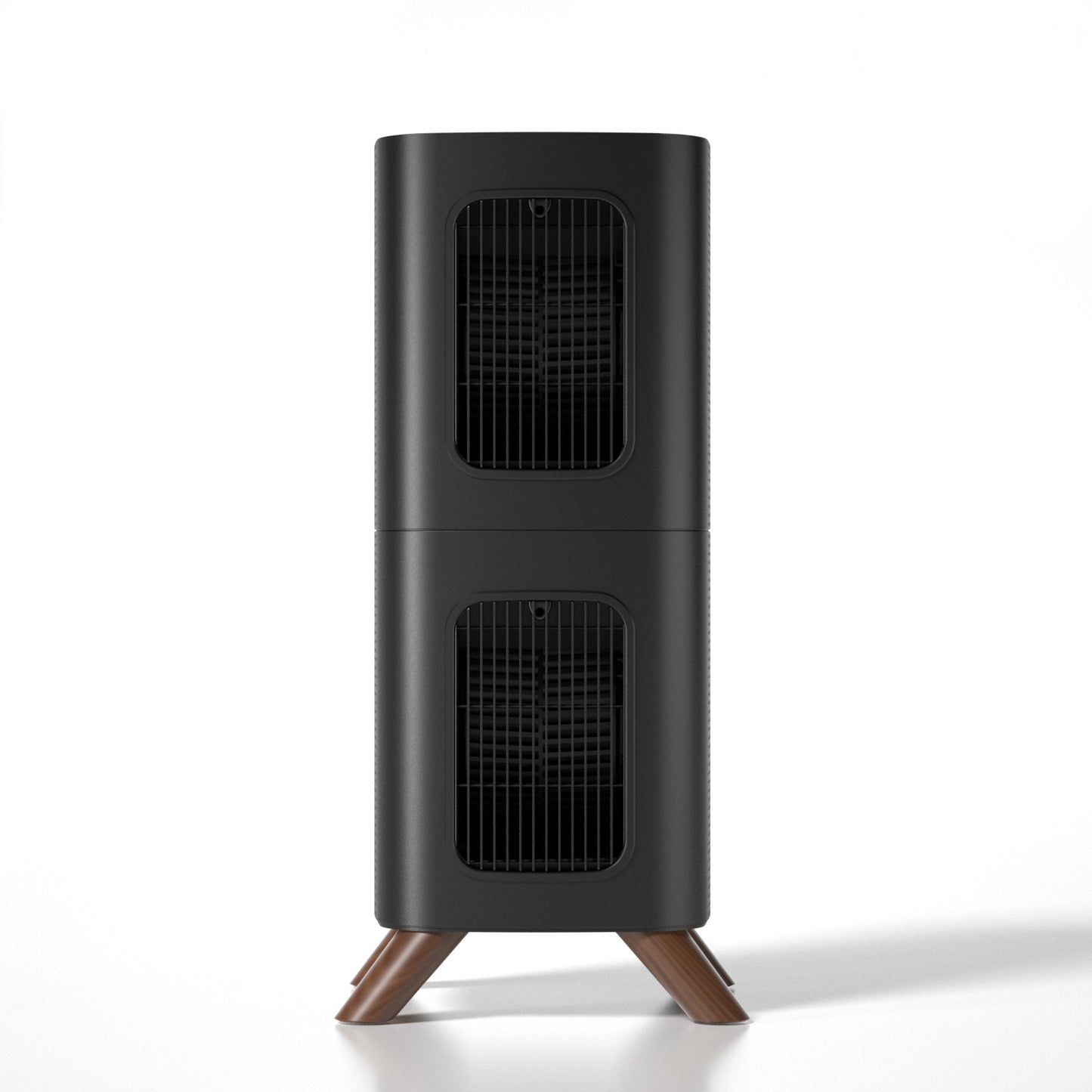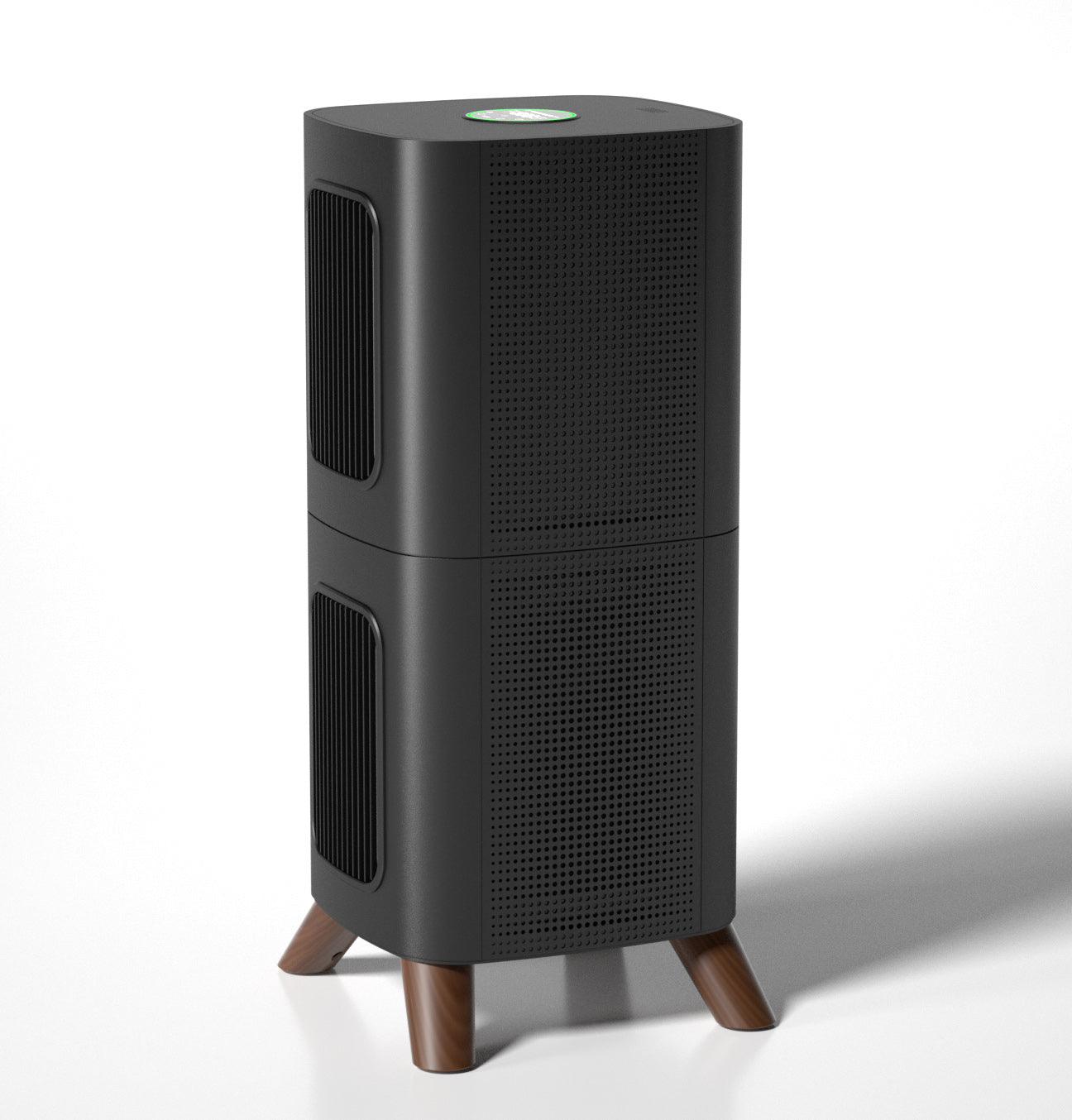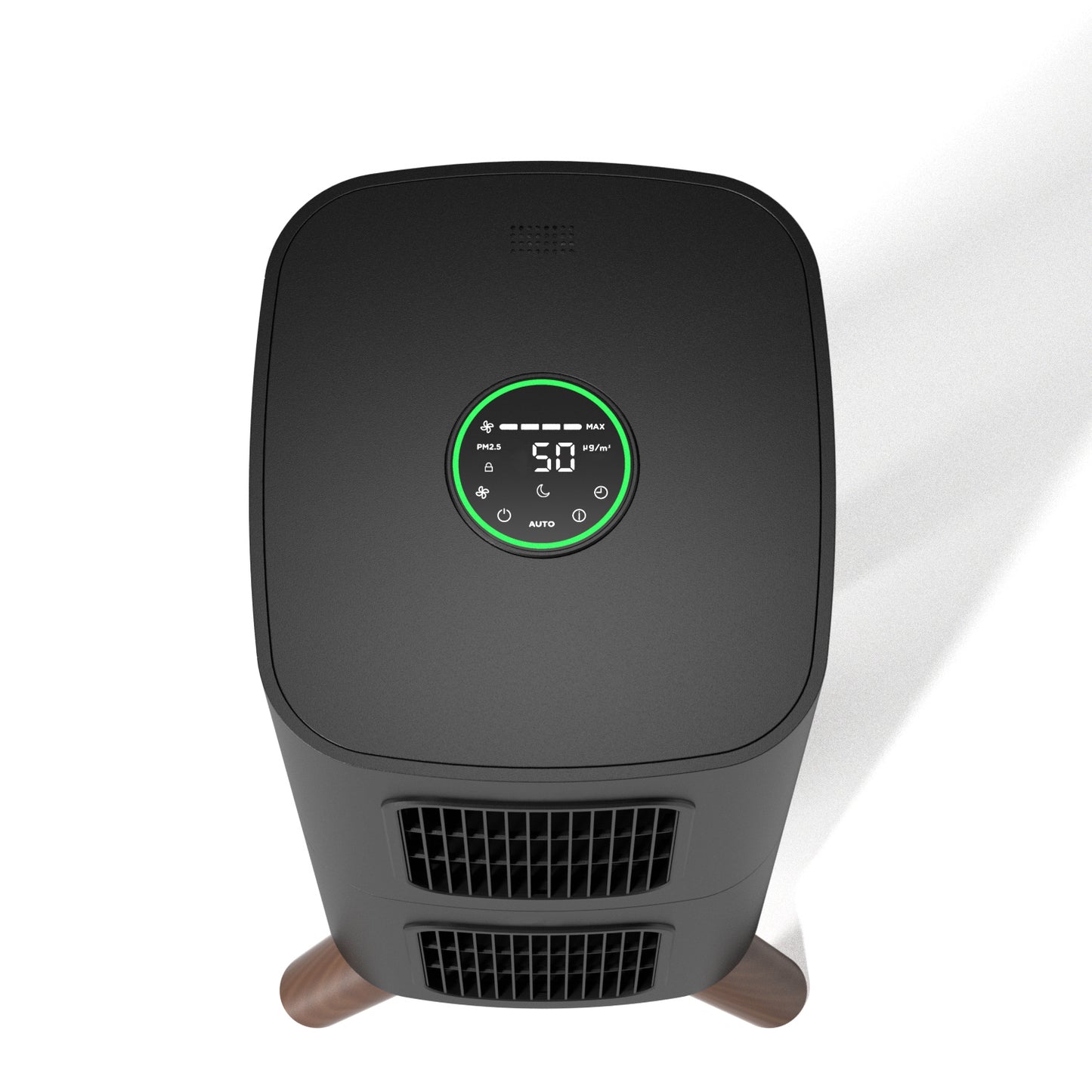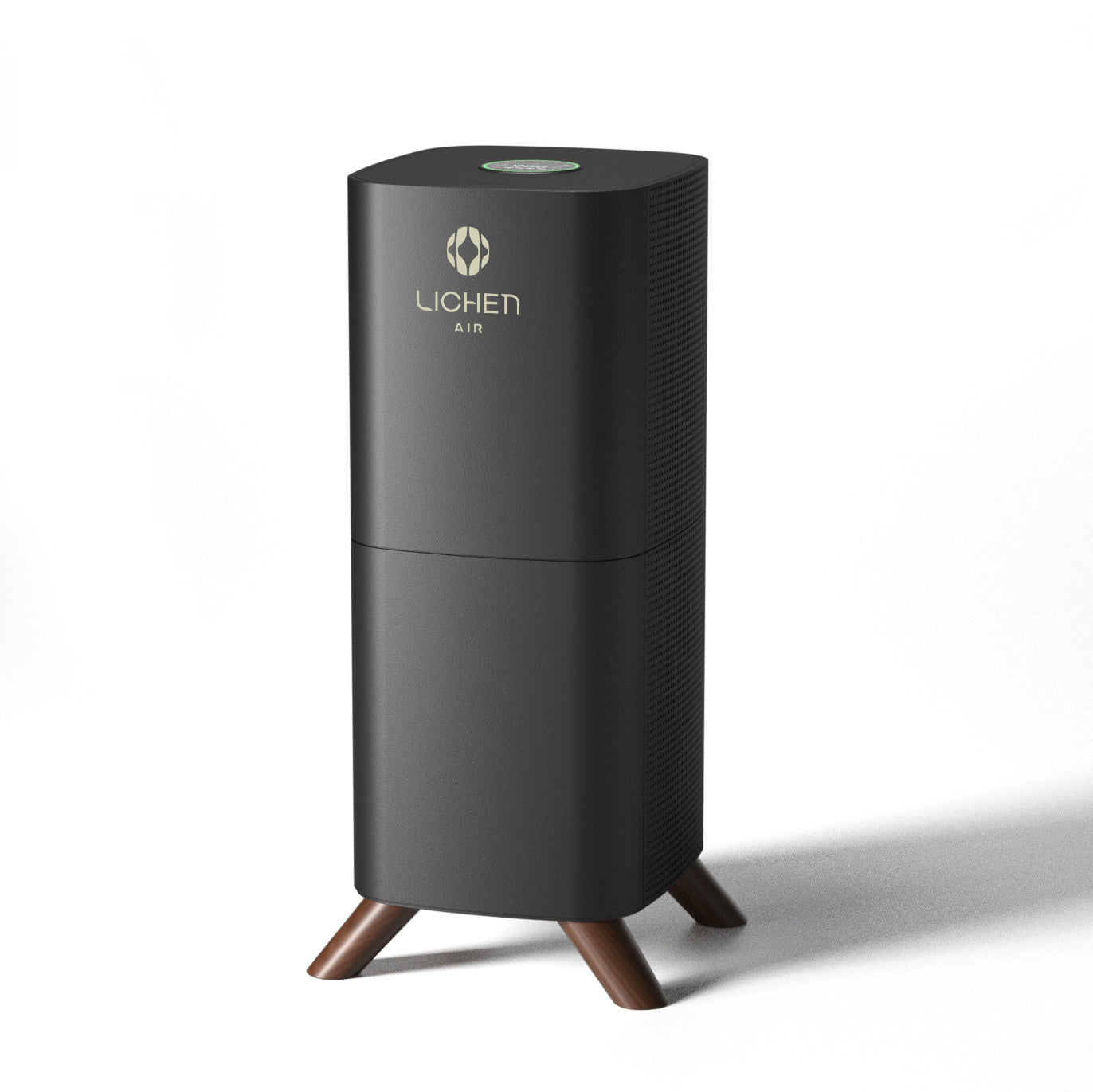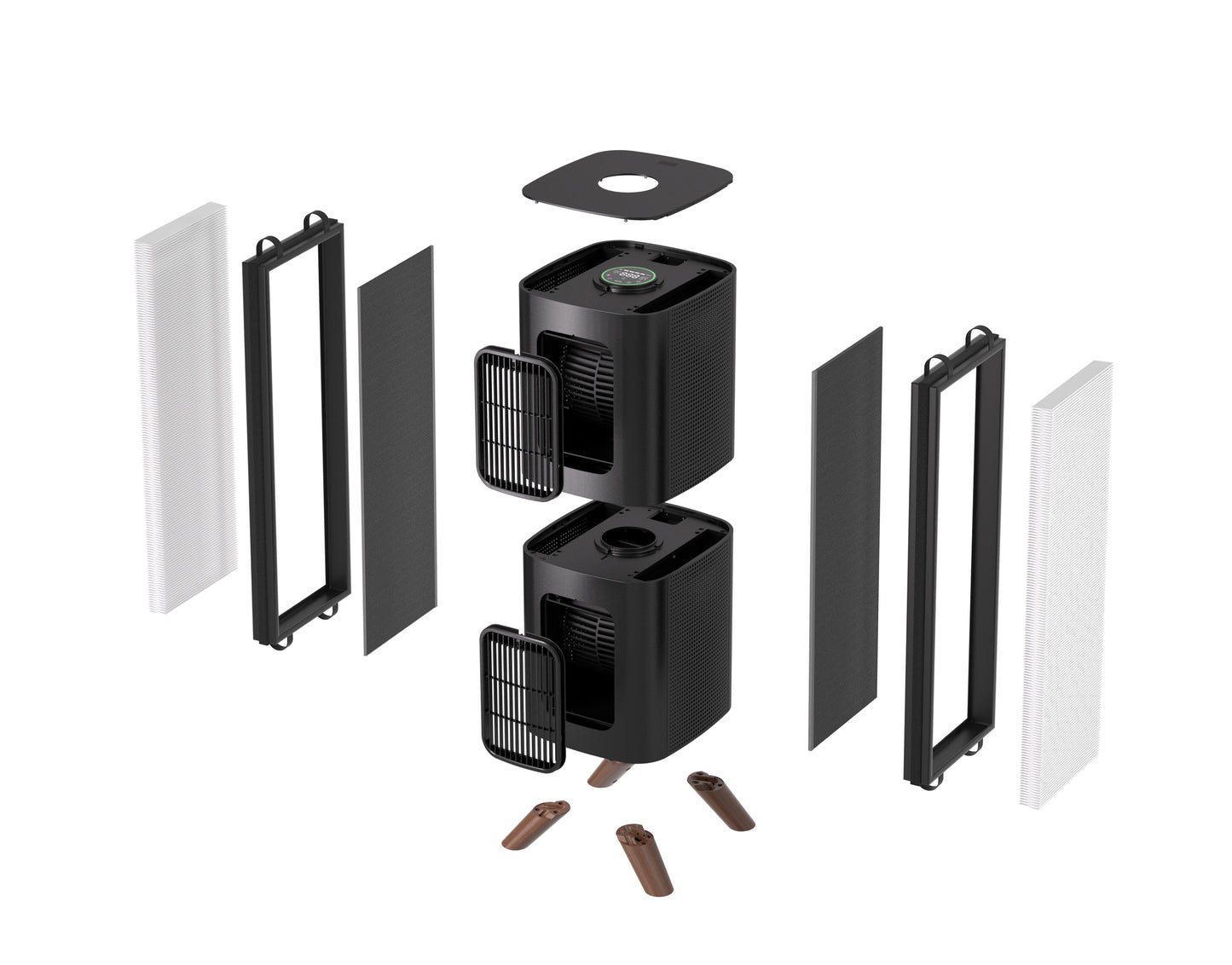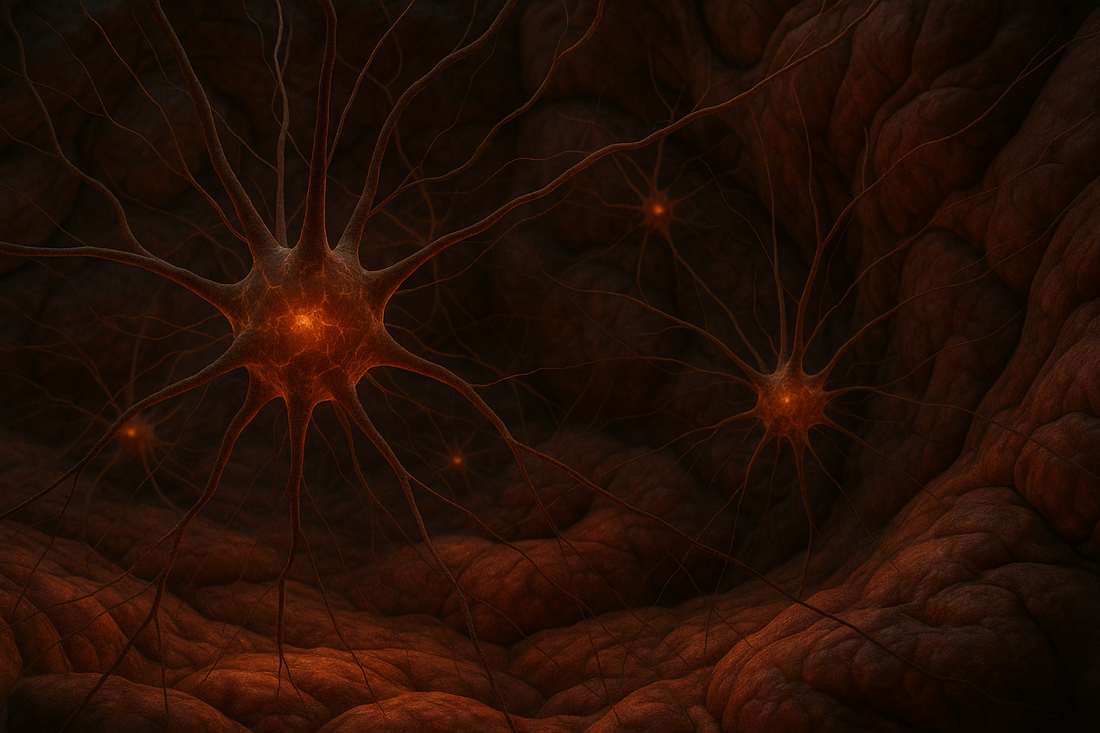
How Your Air Affects Your Brain Cells
Share
How Air Pollution Influences Your Brain Cells
Most people see air pollution as something that harms the lungs—but research shows that what we breathe also shapes our brains. The tiny airborne particles and invisible gases all around us don’t stop at our airways. They can reach the brain, altering the way our brain cells work and influencing how we think, act and feel.
In this article, we’re exploring how polluted air can damage our brain cells, and what that means for our health.
1. How Polluted Air Reaches the Brain
When we inhale polluted air, the smallest particles—known as fine particulate matter or PM2.5—can penetrate our bloodstream and subsequently pass through the blood-brain barrier and enter our brains.
In some of the most telling available research, scientists have shown that long-term exposure to PM2.5 is linked to shrinkage of the brain (atrophy) and problems with the brain’s blood vessels. This may help explain the growing concern that air pollution is contributing significantly to cognitive decline.
2. Inflammation: The Brain on Fire
Once pollutants enter the brain, they can activate microglia, the brain’s resident immune cells. When these cells sense danger—like stress from airborne toxins—they switch into an inflammatory mode. While this response is meant to protect the brain, chronic activation can harm nearby neurons.
Exposure certain forms of air pollution (like PM 2.5) may rev up levels of inflammatory molecules in the brain, harming the state of our synapses (the connections between neurons) and impairing neuroplasticity—the brain’s ability to adapt and form new connections.
Over time, this chronic neuroinflammation has been linked to higher risks of a host of brain-related issues including mood problems and cognitive impairments.
3. Oxidative Stress
Air pollutants also drive oxidative stress—an imbalance between free radicals and the body’s ability to neutralize them. Brain cells are particularly vulnerable because they consume large amounts of oxygen and have high
4. The Silent Cost of Indoor Air Pollution
While outdoor pollution gets much of the attention, indoor air may actually be 2–5 times more polluted than what’s outside, according to the EPA. Sources include air fresheners, scented candles, cleaning sprays, and even cooking fumes.
These pollutants—especially volatile organic compounds (VOCs)—can contribute to the same neuroinflammatory and oxidative stress pathways as outdoor sources. Since we spend nearly 90% of our time indoors, improving indoor air quality may be one of the most powerful (and overlooked) ways to protect brain cell health.
Protecting Your Brain Cells
The good news: while we can’t always control the air outside, there’s a lot we can do to minimize our exposure and support brain health.
- Ventilate smartly: Open windows during low-pollution hours and use exhaust fans while cooking.
- Eat an antioxidant-rich diet: Polyphenols, omega-3 fats, and B vitamins may help neutralize free radicals and support neuronal resilience.
- Prioritize clean environments: Avoid smoking indoors, burning candles, or using synthetic fragrances.
- Purify your air: run your HVAC and consider adding additional high-quality HEPA air purification to your indoor spaces
Final Thoughts
Your brain’s billions of neurons depend on a steady supply of clean oxygen. When that oxygen comes mixed with pollutants, those same brain cells can suffer damage that accumulates over time. The evidence is clear: air pollution is a brain health issue.
Protecting your brain means protecting your air. Whether through smarter lifestyle choices, cleaner technologies, or better policy, improving air quality is one of the most powerful tools we have for maintaining healthy, resilient brains throughout life.


